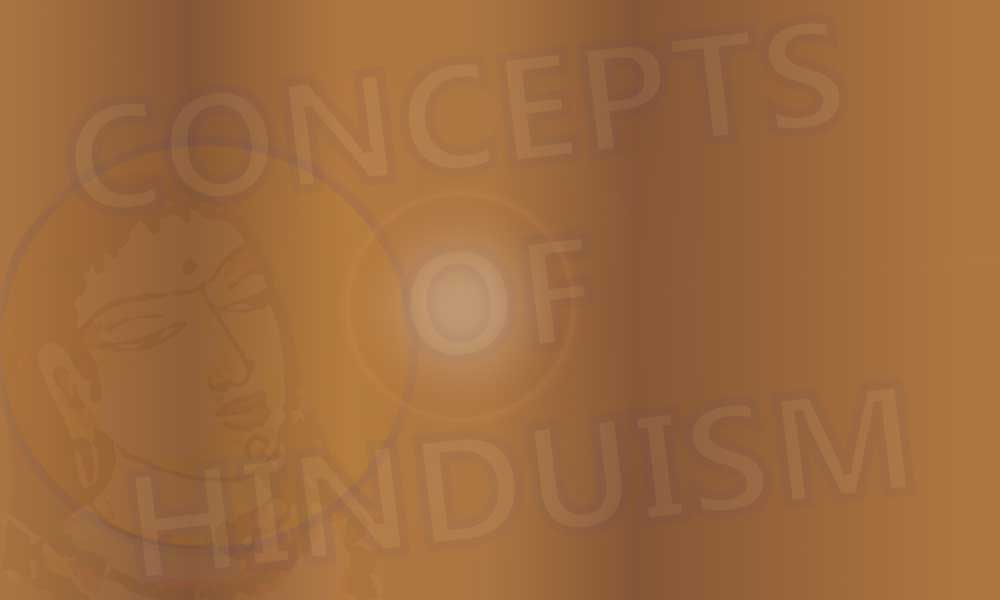
What is Dhyana? Definition and Significance

Dhyana is one of the eight limbs of classical yoga. It is the penultimate limb, which leads to self-absorption (samadhi). In some scriptures, it is considered synonymous with self-absorption. The Yogasutras declare that meditation is helpful in steadying the mind (1.39), which is fickle by nature and which is responsible for most of our afflictions and disturbances.The object of contemplation can be anything, external or internal, the largest of the large or the smallest of small. Meditation upon the Self or God is however considered the best meditation and recommended in many traditions.
In the second section of the Yogasutras, Patanjali further declares (2.11) that the states of mind (vrittis) produced by afflictions (klesas) can be eliminated with the help of meditation. The afflictions listed in the scripture (2.4) are ignorance (avidya), egoism (asmita), attachment (raga), aversion (dvesha) and longing for life (abhinivesa). Actions performed under the influence of these afflictions or the states of mind they produce lead to karma (2.12) and fructify as birth (jati), span of life (ayuh) and enjoyment (bhoga) of worldly things. Hence, dhyana is also very helpful in resolving the problem of karma and ending the chain of transmigration.
Dhyana is defined in the Yogasutras (3.2) as one pointedness of the mind (eka-tanata), achieved by fixing it upon one object or image. Concentration (dharana), meditation (dhyana) and self-absorption (samadhi) are considered the internal limbs (antaranga) of yoga practice. Their combined practice is known as samyama or an integrated practice of concentrated meditation, which leads to a heightened state of self-absorption and cessation of all mental modifications. Antarangam also means the mind or consciousness. Dhyana is very helpful in reining the mind, knowing the mind and transcending it through self-absorption.
Dhyana is a simple and easily practicable tool to know your inner world, not necessarily in a spiritual sense, but in a very practical sense. Most of us hardly pay attention to our thoughts and feelings, since our minds are mostly focused on the external things. We are more concerned about the feelings and reactions of others than our own since we value their approval more important than our opinion of ourselves. We can reverse this tendency by cultivating self-awareness through meditation.
Meditation gives us an opportunity to be self-aware even in stressful situations. With the help of dhyana, you can observe your own feelings, emotions, thoughts, reactions, responses, sensations, the motives hidden behind your actions, and your expectations. You can realize how you subject yourself to suffering and anxiety in various situations.
With the help of dhyana, you can learn to control your thoughts, cultivate discernment and respond to situations arising in your life with intelligence and thoughtful consideration. For this, you do not have to find a specific place and time to practice dhyana. With practice, you can learn to enter into a meditative state wherever you are and whenever you find time to relax. You can even make your reading or television-watching an an opportunity to observe your thoughts and see how you mind reacts to the incoming perceptions.
With dhyana, anyone can cope with their impulsive behavior and unwanted, negative emotions. Dhyana is much easier to practice than asanas. You do not have to think about back problems that may arise from wrong postures or aging joints.
Suggestions for Further Reading
- The Yoga philosophy
- The Principles and Practice of Yoga
- Various Translations of The Yogasutras of Patanjali
- Dhyana or Meditation In Hindu Tradition
- The Practice of Mindfulness and the Concept of Not-Self in Buddhism
- Buddhist meditation
- Buddhism: A Method of Mind Training
- The Power of Mindfulness
- A Modern Treatise on Buddhist Satipatthana Meditation
- The Hindu-Yogi Science Of Breath, by Yogi Ramacharaka
- The Concept of Atman or Eternal Soul in Hinduism
- The Problem of Maya Or Illusion and How To Deal With It
- Belief In Atman, The Eternal Soul Or The Inner Self
- Brahman, The Highest God Of Hinduism
- The Bhagavad Gita Original Translations
- The Bhagavadgita, Philosophy and Concepts
- Bhakti yoga or the Yoga of Devotion
- Hinduism And The Evolution of Life And Consciousness
- Why to Study the Bhagavadgita Parts 1 to 4
- Origin, Definition and Introduction to Hinduism
- Symbolic Significance of Numbers in Hinduism
- The Belief of Reincarnation of Soul in Hinduism
- The True Meaning Of Renunciation According To Hinduism
- The Symbolic Significance of Puja Or Worship In Hinduism
- Introduction to the Upanishads of Hinduism
- Origin, Principles, Practice and Types of Yoga
- Essays On Dharma
- Esoteric Mystic Hinduism
- Introduction to Hinduism
- Hindu Way of Life
- Essays On Karma
- Hindu Rites and Rituals
- The Origin of The Sanskrit Language
- Symbolism in Hinduism
- Essays on The Upanishads
- Concepts of Hinduism
- Essays on Atman
- Hindu Festivals
- Spiritual Practice
- Right Living
- Yoga of Sorrow
- Happiness
- Mental Health
- Concepts of Buddhism
- General Essays